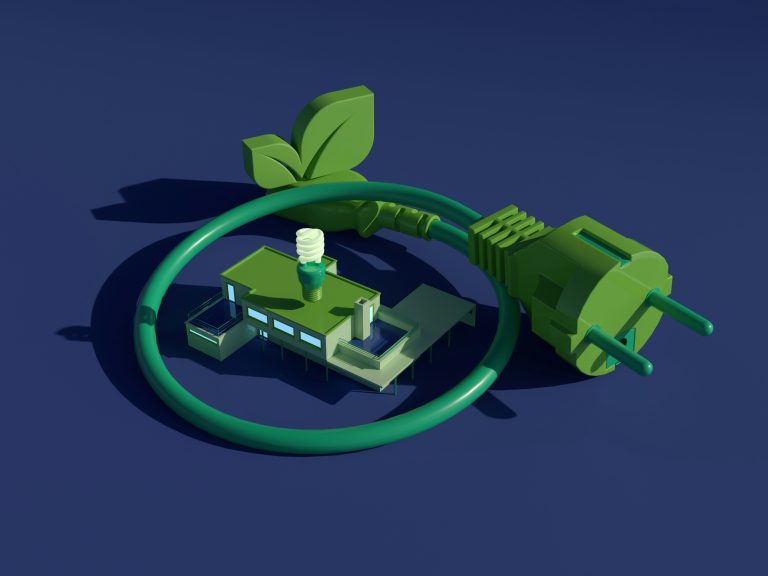An uninterrupted power supply system, which runs at high speed, is necessary for every business in today’s industrial and commercial world. Multi-phase electric networks are the foundation for delivering energy efficiently, conveniently, and firmly, especially those based on 3-phase systems. These systems can be found in anything ranging from a factory floor to a data centre and even a hospital, which makes optimising them important for reducing downtime, prolonging the life cycle of critical equipment, and increasing energy efficiency. One of the means to do this is by having a properly functioning 3-phase uninterruptible power supply (UPS).
Understanding Multi-Phase Electrical Systems
Multi-phase electrical systems are built to deliver a steady current in the form of three alternating current flows. This more efficient distribution is widely used in commercial and industrial applications. One of the most significant benefits of using a 3-phase system over a single phase is that substantial power loads can be delivered without overloading an electrical component. This makes it suitable for places with a high electricity demand that operate heavy machinery, computers, or other mission-critical functions.
The Importance of a 3 Phase UPS
The 3-phase UPS system is designed to immediately provide power backup as soon as the power cuts down. It helps obviate losses that may arise due to power failure by ensuring seamless functioning. A 3 phase UPS works by controlling the power supply after a fluctuation in voltage and current without disconnecting it from the power lines, allowing you to deliver a constant and clean power supply to sensitive devices.
The main advantage of employing a 3-phase UPS is its maintenance of high power quality and efficiency. While single-phase UPS systems may have difficulty supporting substantial load capacity and continuous power fluctuations, 3-phase UPS systems hold more output capability, which is crucial for critical mission operations. In reality, businesses can optimise their electrical systems with uninterrupted power supply, consistent voltage level, and reduced operational risk since increased uptime also improves machinery’s reliability and overall longevity.
Critical Strategies for Maximising Efficiency
There are some best practices and strategies that organisations can adopt to achieve optimum efficiency in a 3-phase electrical network.
Optimising Load Distribution
A three phase electrical network must be efficient by balancing the electrical load among the phases. When one phase of an imbalanced network is too overloaded, it can lose power, and efficiency will drop. With effective load balancing, the electricity is uniformly spread across the grid, reducing pressure on each section and improving efficiency.
A properly configured 3 phase UPS system contributes to load-balancing maintenance. It is designed to automatically respond according to power demand and keep all phases balanced during fluctuations. This optimisation decreases the losses during overloading and successfully reduces the system’s operational cost.
Regular Maintenance and Monitoring
Regular maintenance and real-time monitoring of such systems are crucial to achieving peak efficiency. Electrical components like transformers, cables, and UPS batteries can deteriorate over time. By performing preventative maintenance, you spot problems before they cause catastrophic failure, preventing expensive downtime.
Most 3-phase UPSs are delivered with advanced monitoring tools, enabling businesses to monitor the health condition of their power supply, battery charge levels, load capacity, and system status. These tools provide real-time alerts that ensure no problem goes unnoticed, allowing for timely intervention and thus ensuring higher efficiency without system failures.
Upgrading to Energy-Efficient Systems
Another optimisation strategy is investing in efficient 3-phase UPS systems. Today’s systems use technology designed to decrease their energy load without compromising performance. These systems have intelligent power management that adapts energy consumption to demand, making the electrical network even more efficient.
Likewise, energy-efficient 3-phase UPS systems create less heat and, therefore, require less cooling. This saves on energy costs and prolongs the service life of the system and other equipment in proximity to it. This also means long-term cost-effectiveness and sustainability for businesses.
Leveraging Power Factor Correction
Power factor correction (PFC) is an alternative method to enhance efficiency in 3-phase electrical networks. The power factor indicates the efficiency of electricity usage. A low power factor means that much of the power delivered is unused. Employing a UPS with embedded PFC allows businesses to significantly reduce wasted energy, helping make the entire system more efficient.
The PFC can help reduce problems like voltage dipping, harmonics, and distortions in a multi-phase electrical network and ensure efficiency. It provides a more efficient power transfer, potentially reducing operational costs and stress on the electrical infrastructure.
Conclusion
For companies that depend on a constant, dependable power source, the ability for multi-stage electrical facilities to operate at maximum effectiveness is vital. With advanced 3-phase UPS systems, organisations can avoid disruption, save energy, and enhance the efficiency and longevity of their devices. Implementing strategies such as load balancing, regular maintenance, upgrading energy-efficient systems, and helping the system with power factor correction can improve the performance efficiencies of these networks.
When these technologies and practices are in place, enterprises can orchestrate their power supply systems to function appropriately and continue operating during power outages. A sound 3-phase UPS system that is properly managed and serviced lays the foundation for maintaining energy efficiency.
